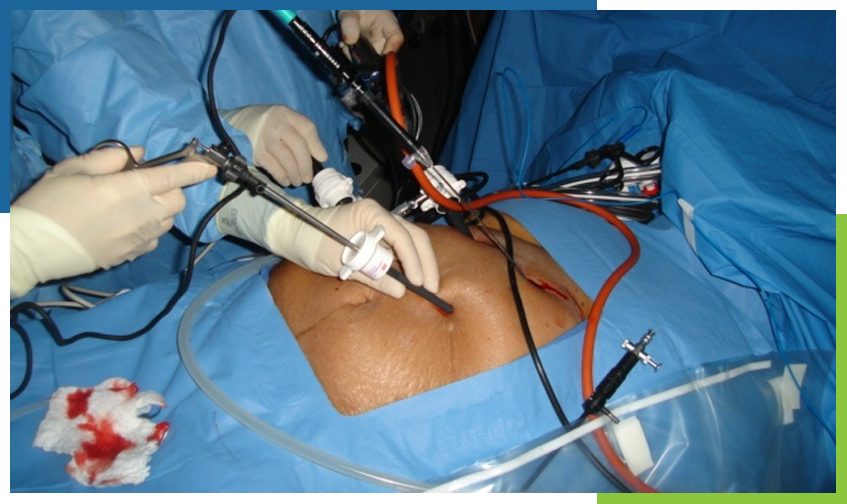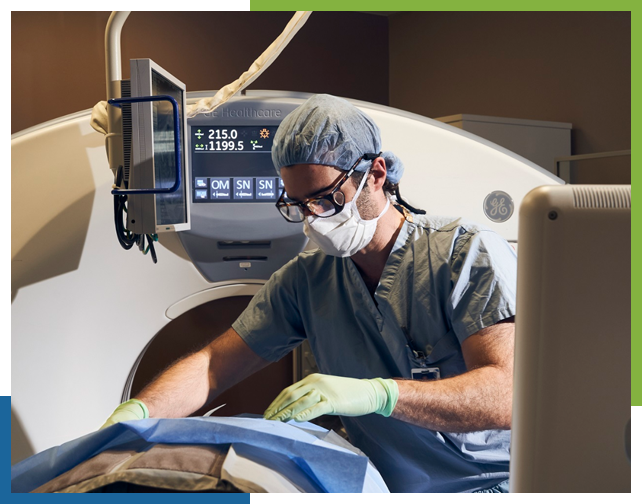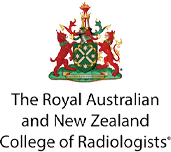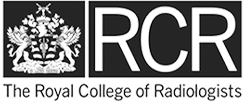
Thermal ablation is a specialised medical technique that focuses on treating tumours without the need for surgery. Here at Lumina Interventional Radiology ablation, we use thermal ablation to treat liver and kidney tumours. The procedure is minimally-invasive and performed through the use of microwave energy, radiofrequency energy or cryoablation. Percutaneous ablation is performed under image guidance, to achieve high precision

Interventional radiology ablation uses heat from radio waves, heat from electromagnetic waves, or the cold to kill cancer cells. It is a form of radiology treatment, most commonly used for patients with liver or kidney cancer. Radiofrequency thermal ablation and other forms of ablation treatments will most likely be recommended to you by your doctor if surgery is not possible as part of your cancer treatment.
In particular, if you have multiple tumours, then ablation interventional radiology treatment at Lumina Interventional Radiology might be a better option for you.
Here at Lumina, we also offer cryoablation procedures for treating tumours of the liver and kidney. In comparison to radiofrequency thermal ablation, cryoablation focuses on using extremely cold liquid or a cryoprobe to freeze and thus eliminate cancer cells or abnormal tissues. The cryoprobe will usually contain a cold gas such as:
Like radiofrequency thermal ablation, cryoablation, also known as cryotherapy, is less invasive and typically safer compared to traditional surgery to remove tumours. It can be done in the following three ways:
At Lumina, we can provide percutaneous cryoablation to help treat tumours on the liver and kidney. Imaging technology is used to pinpoint the exact area of the tumour that needs to be destroyed.
Another form of ablation that we can offer at Lumina is microwave ablation (MWA). This process uses electromagnetic waves, delivered through a small antenna that is inserted directly into the tumour itself. This heats the tumour and destroys it.
It is similar to radiofrequency ablation (RFA), but the two should not be confused with one another as they are two separate ablation procedures. In fact, MWA uses frequencies between 900 and 2450 MHz, whereas RFA uses a frequency range of 3 Hz to 300 GHz, using an electric current to fuel the electrode that produces thermal energy.










